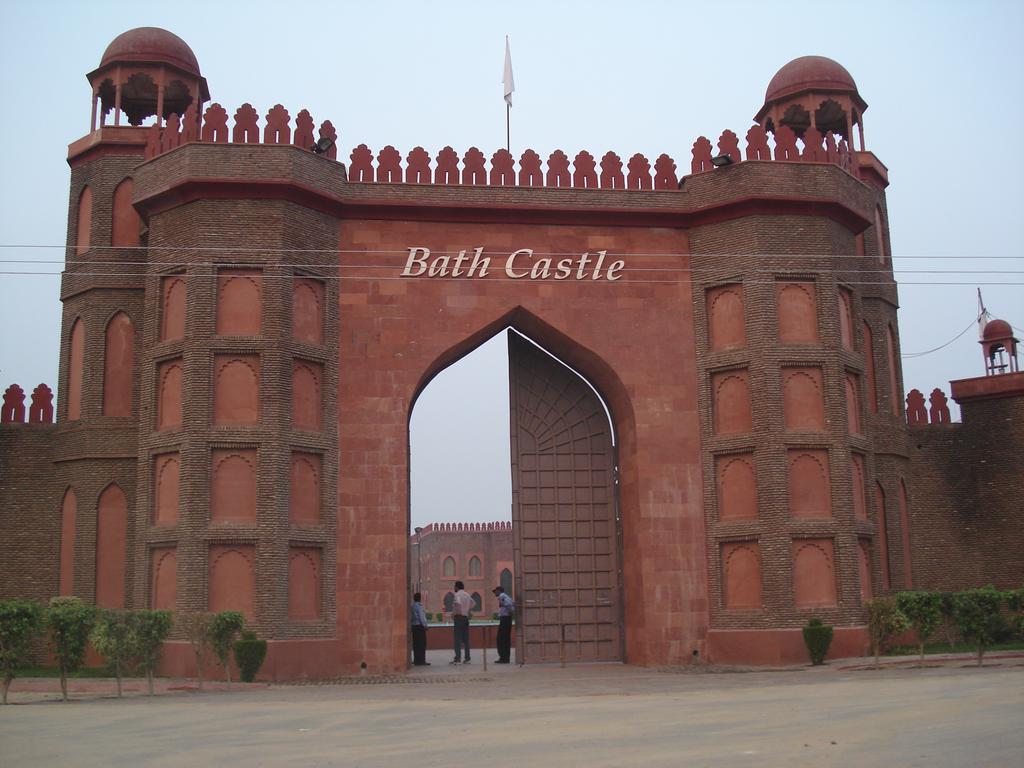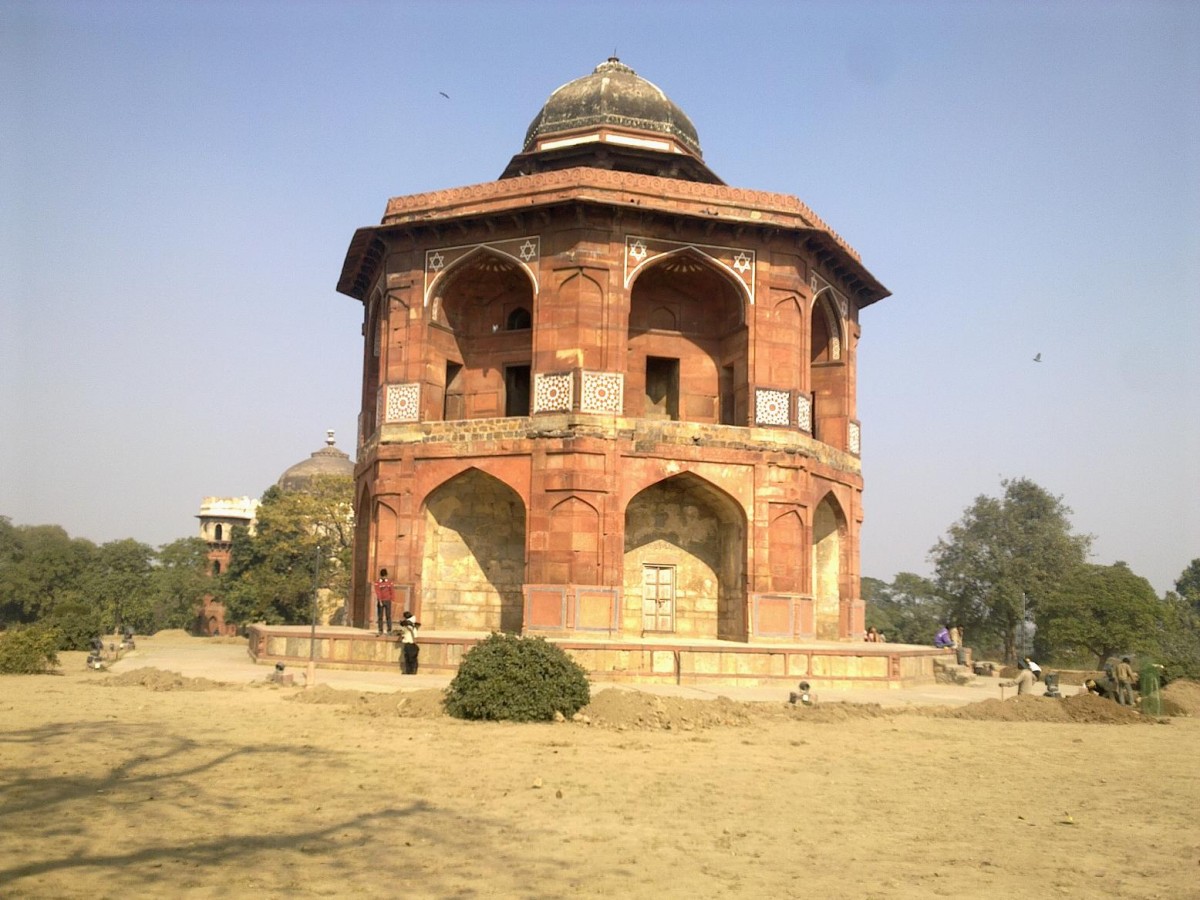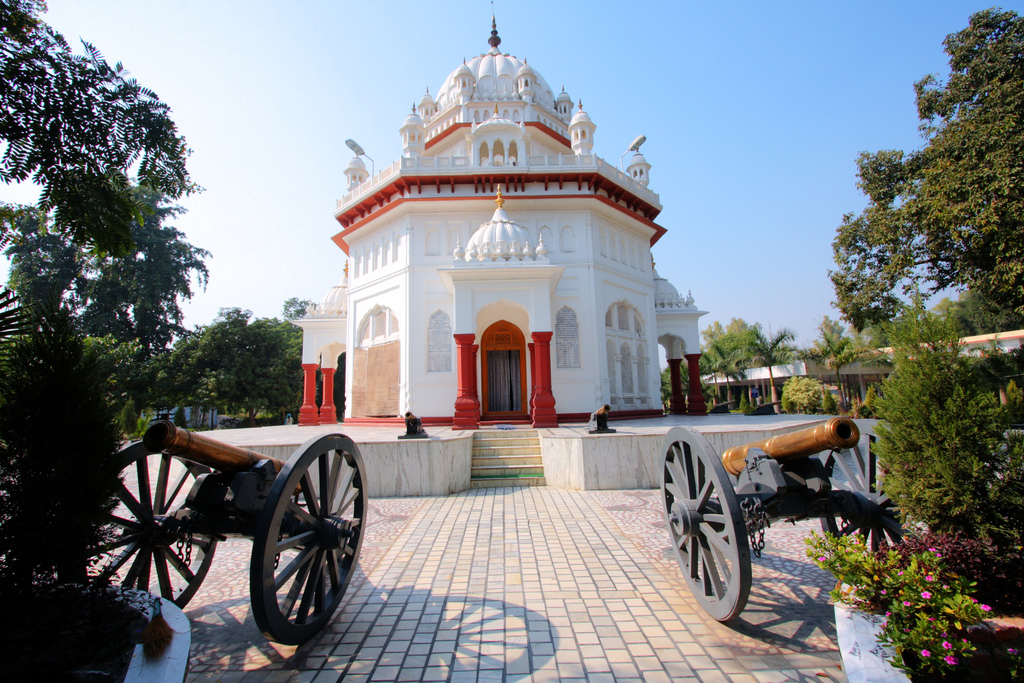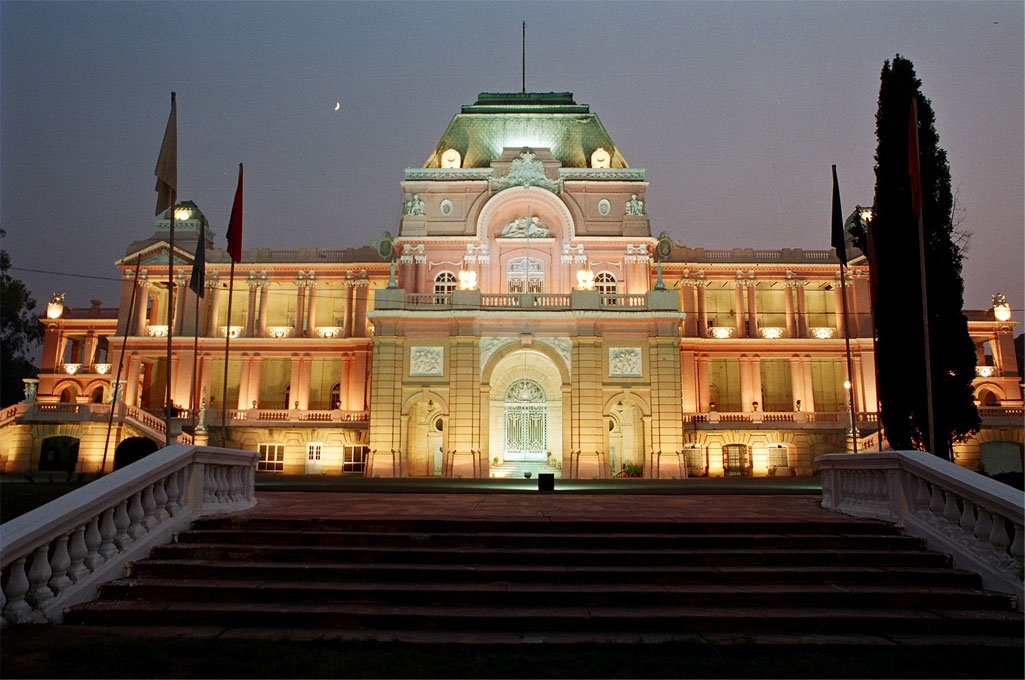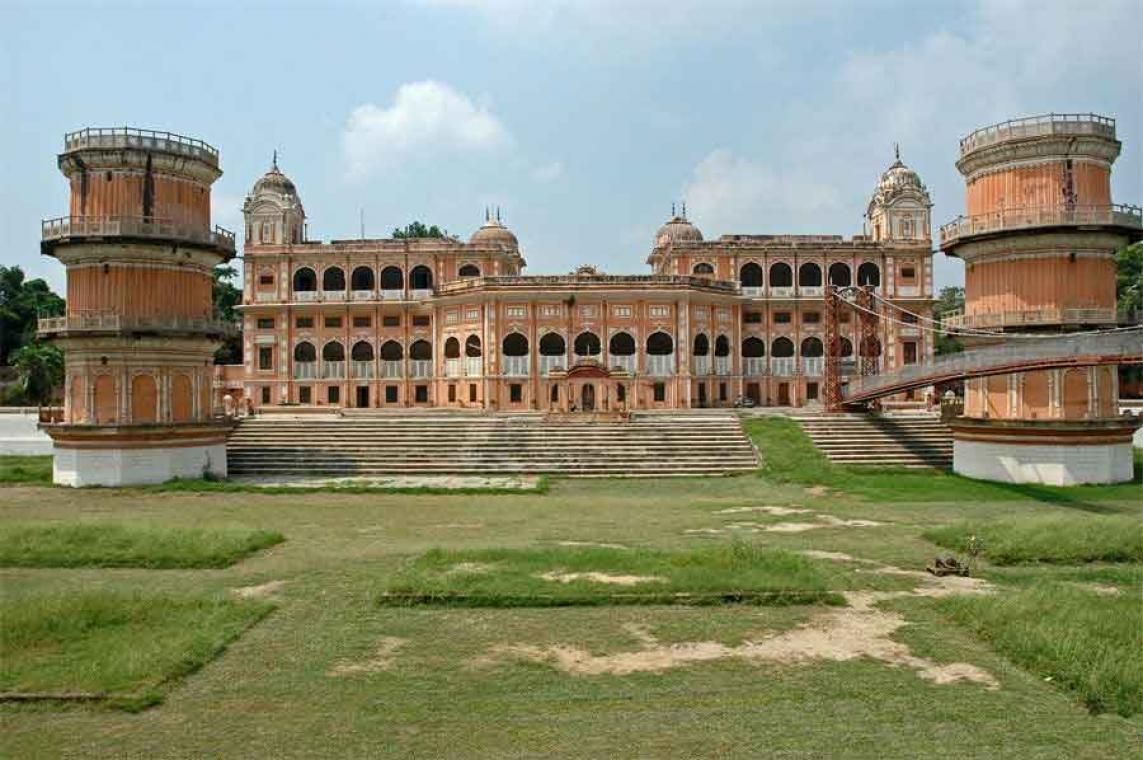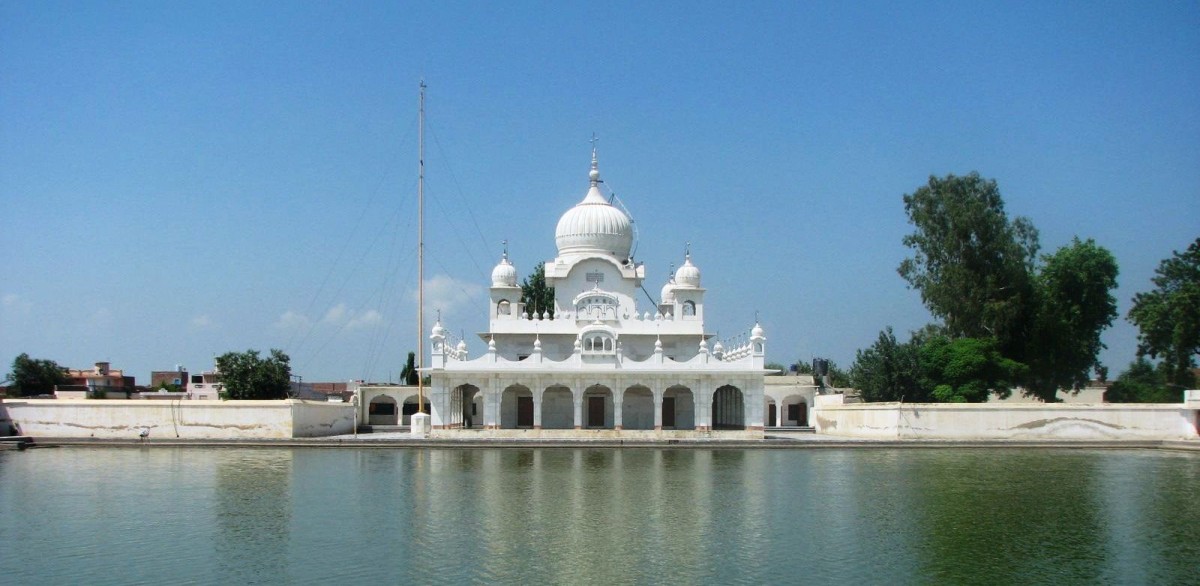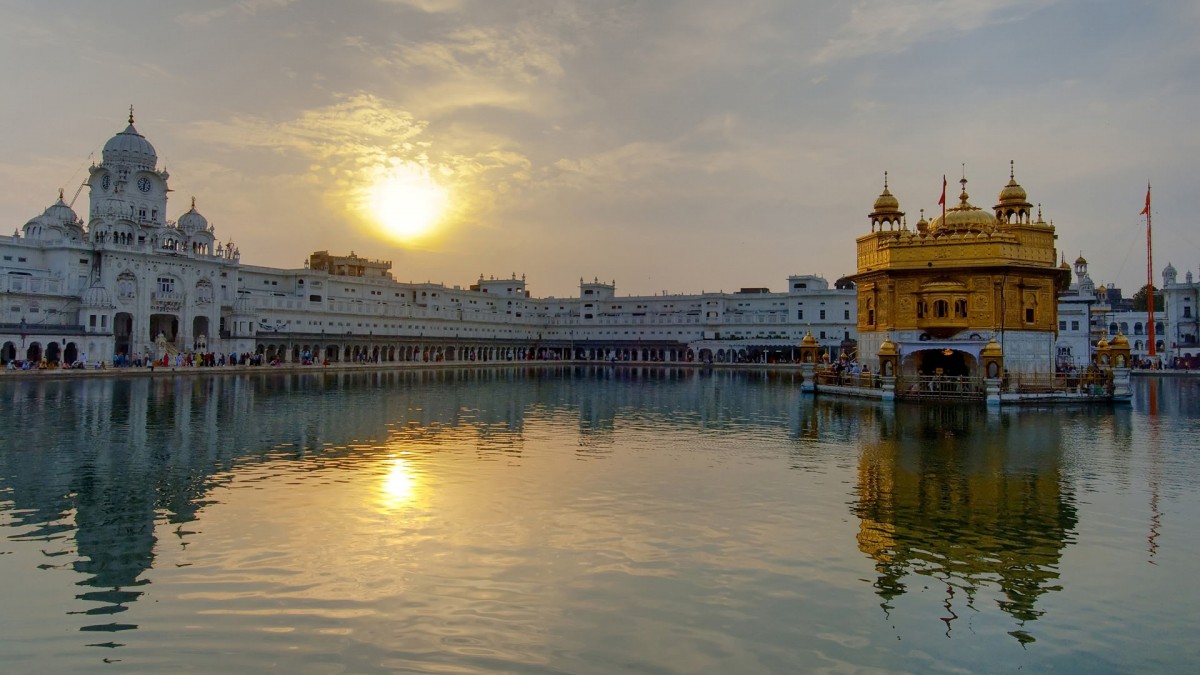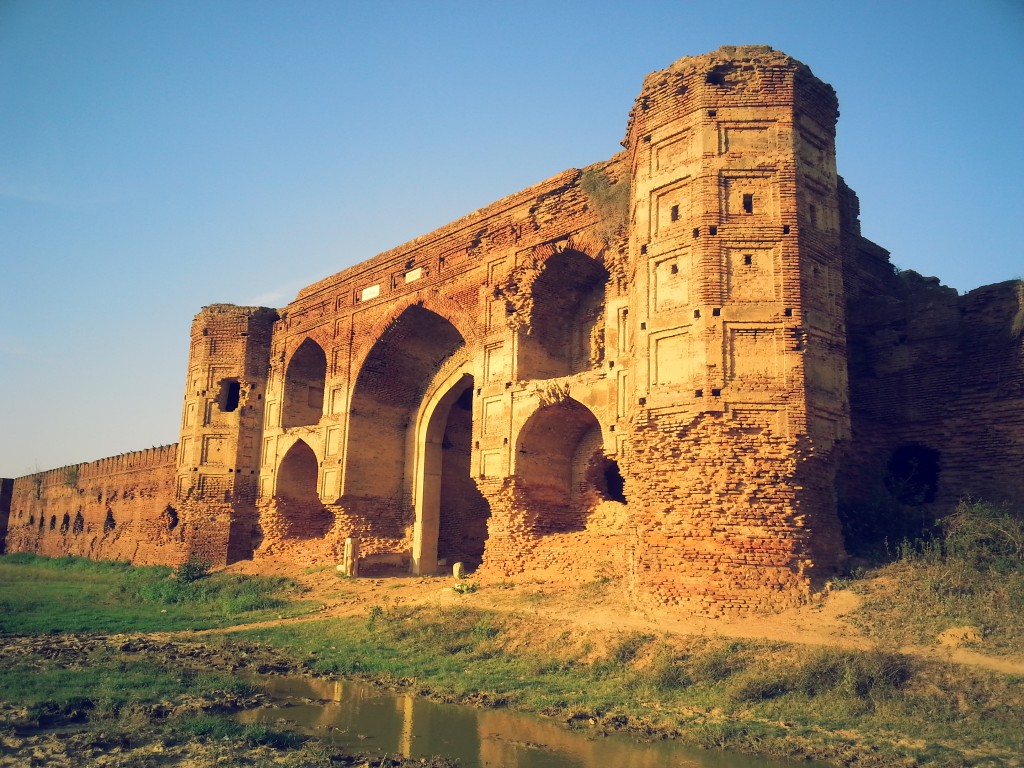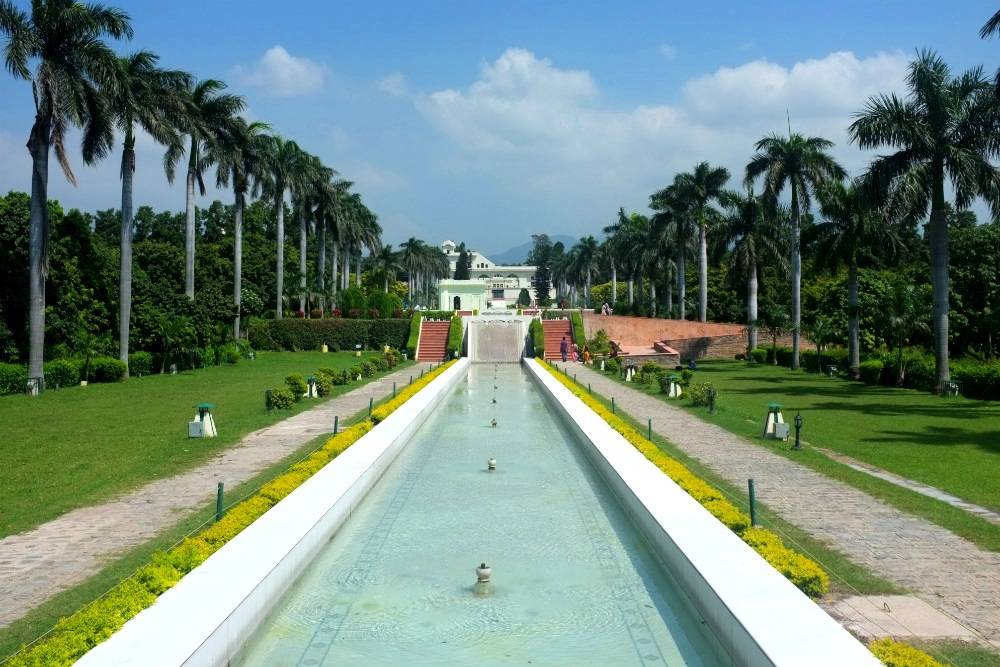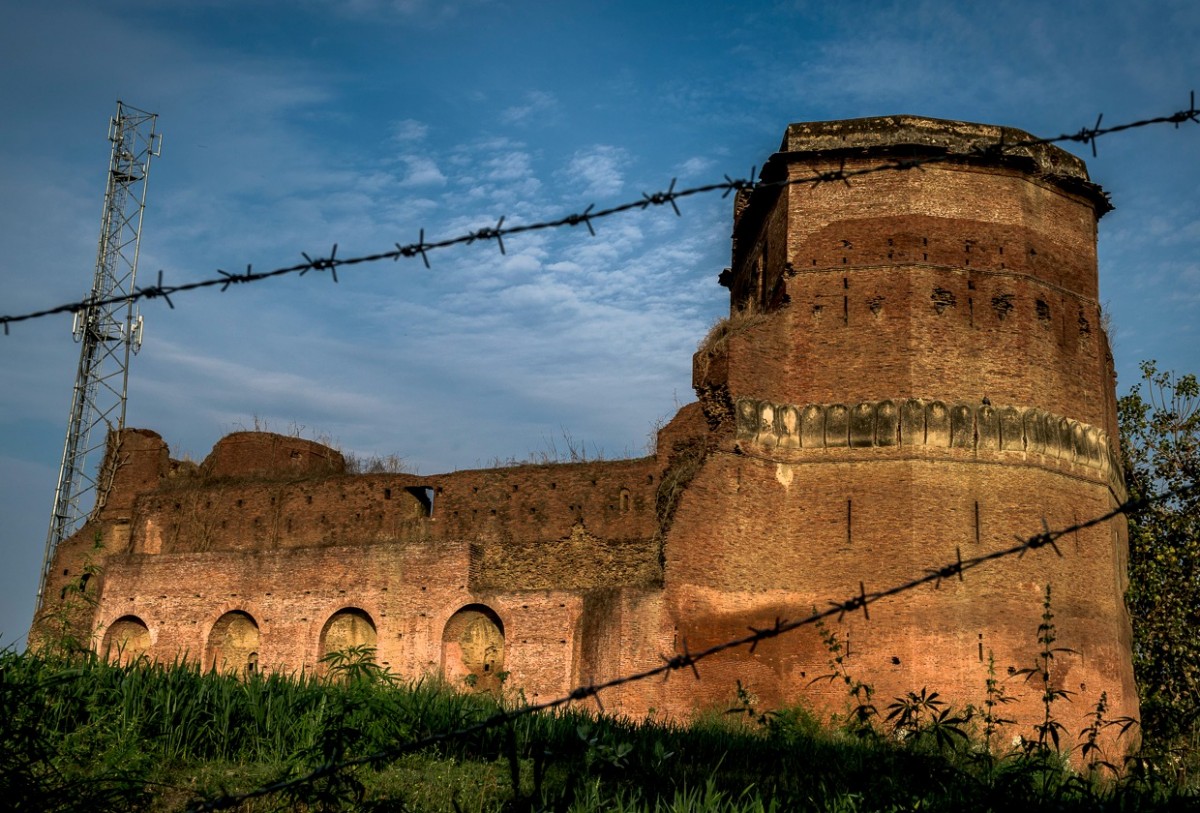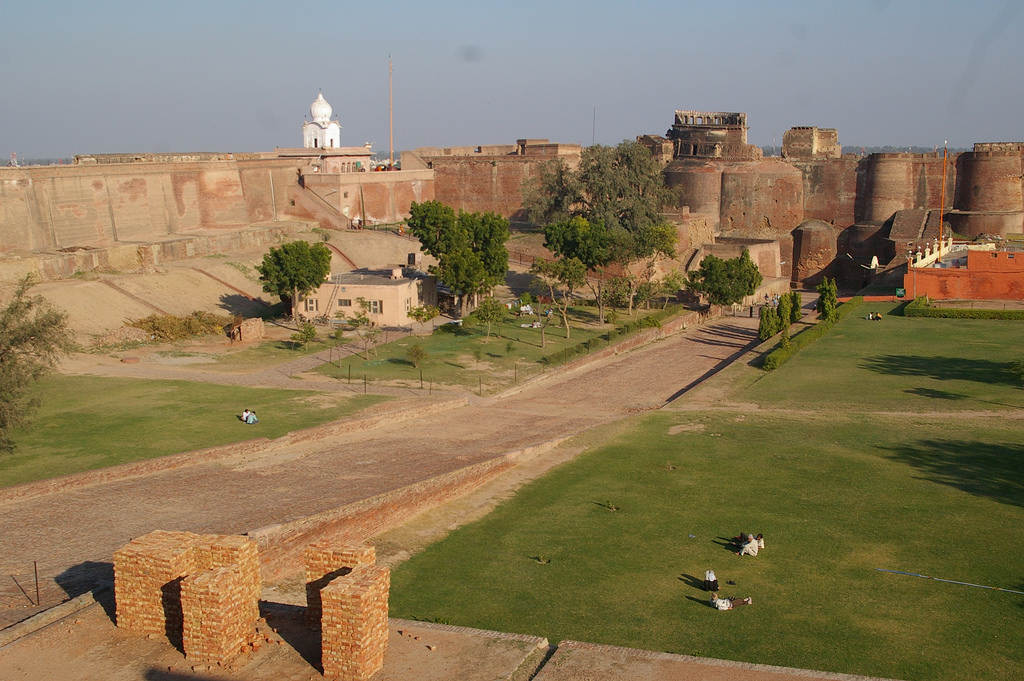
Bathinda Tourism and Travel Guide
History Bathinda
has been in existence since the ancient period of history. Certain sites explored in Bathinda district link it with the Indus Valley
civilization or the Harappan culture. In the pre-divided Bathinda district, the sites can be classified as those belonging to the pre-Harappan period, Harappan period and the late Harappan period.
About 22 such sites, which have been explored, now fall in Mansa. The Aryans who appeared on the Punjab soil around 1500 B.C. wiped out the Harappan culture.
During the Rigvedic Aryan period, Bathinda seems to have been part of the Saptasindhu (seven waters) which later came to be known as Panchanada (five rivers) in the Mahabharata time.
Before the Rigvedic period, the region witnessed a massive inflow of invaders from the North-

West in several successive waves between 1500 B.C. and 800 B.C. Perhaps for the first time, the region witnessed a series of fierce wars for several centuries. The repeated wars between the invading Aryans and the placid natives of the land resulted in the victory of Aryans over the non-Aryans.
After the Rigvedic Aryan period, Bathinda became part of the Maurya and Gupta regimes.
It is believed that Rao Bhatti established the modern town of Bathinda and Bhatner in the Lakhi jungle area in the third century and the Barars captured it from him. After that, the main turning point in the history of Bathinda came in 1004 AD when Sultan Mahmud of Ghazni besieged the local fort that was located on the route from the North West into the rich Ganga valley.
The second major development took place in 1189 when Mohammad Ghori attacked the fort of Bathinda and occupied
Prithvi Raj Chauhan, the illustrious ruler of this region, managed to recover the possession of the fort 13 months later after a fierce battle in 1191.
The other historical development was when the Raziya Sultan, the first woman ruler of India, was put in prison in April 1240, a time when Altunia was the Governor. She was released in August 1240 with the efforts of Altunia. Both Altunia and Riziya got married but were later killed by some robbers near Kaithal on October 13, 1240.
The Sidhu-Barars were thrown out of Bathinda during the Lodhi’s rule.
The Sidhu-Barars were given the area of Lakhi jungle back by Babar.
A few years later Rup Chand, a staunch devotee of Guru Gobind Singh, came on the scene in Punjab history. Phul, the second son of Rup Chand, started the practice of langar (community kitchen) for the people in the Lakhi jungle area and also built a fort around 1654.
Ala Singh, son of Rama, another devotee of Guru Gobind Singh, attacked Bathinda when it was in possession of Sardar Jodh Singh Saboke and a major area of Bathinda came under the rule of Ala Singh of the Phul dynasty.
Ala Singh, who died in August 1765 at Patiala, was succeeded by Amar Singh, his grandson. In 1770, Amar Singh sent a big force to capture the fort of Bathinda from Sukhchen Singh Sabo. The fort was required in 1771. Raja Amar died in 1781 at the age of 35.
After the death of Amar Singh, Raja Sahib Singh (who was six) was made the Chief of Patiala.
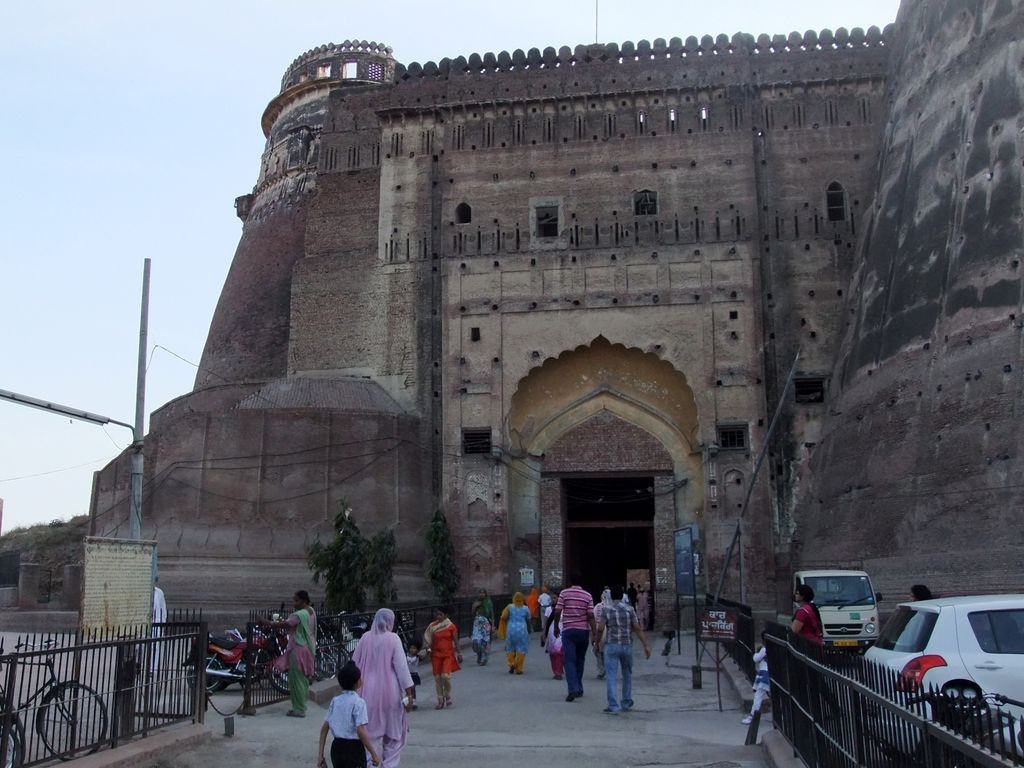
However, the affairs of the state were managed by Diwan Nanun Mal. Raja Sahib Singh (died on March 26, 1813), and he was succeeded by his son Karam Singh.
During the first Anglo-Sikh war in 1845-46, Maharaja Karam Singh of Patiala fought on the side of the British. He died during the war and his son Maharaja Narinder Singh, who succeeded him, also helped the British Government, Mahindra Singh, son of Raja Narinder Singh, succeeded him and then came his son Rajinder Singh and then his son Bhupinder Singh. His son Yadavindera Singh (1938) succeeded Bhupinder Singh.
With the formation of the Patiala and East Punjab State Union (PEPSU) on May 5, 1948, Bathinda district came into existence on 20 August 1948. Its headquarters was at Faridkot, which was shifted to Bathinda in 1953. After 1953, many changes have effected in the geographical boundaries of Bathinda district.

